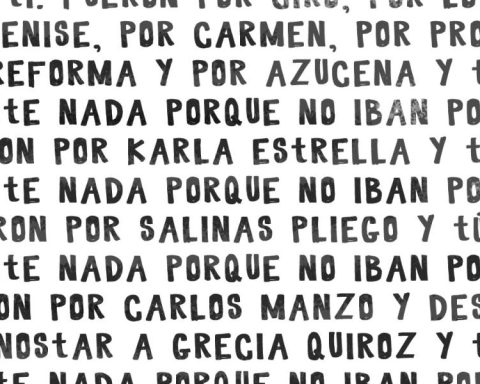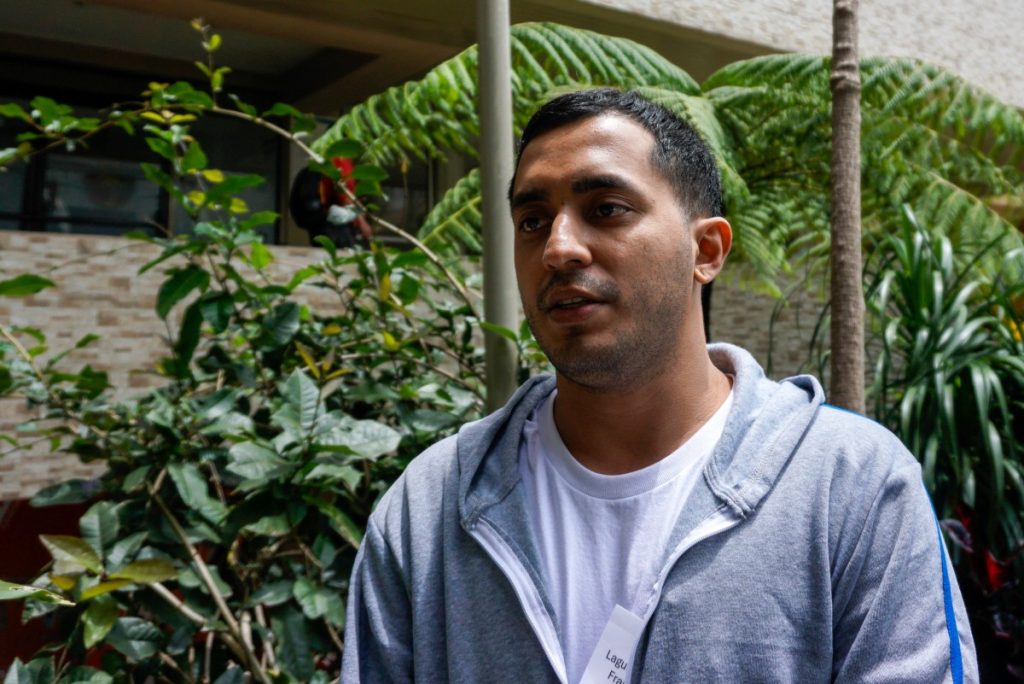There will be 9 ministers of the Court; they will be elected in June 2025 for 8, 11 and 14 years
Georgina Saldierna and Andrea Becerril
The newspaper La Jornada
Monday, September 9, 2024, p. 3
The ruling on the reform to the Judicial Branch approved last night in Senate committees establishes a reduction from 11 to nine of the number of ministers of the Supreme Court of Justice of the Nation (SCJN) and that they be elected by popular vote on the first Sunday of June 2025 for periods of eight, 11 and 14 years.
Half of the judges and magistrates, around 800, will be elected that same day, and the remaining 50 percent will be elected by 2027. It was also agreed to keep the five members who remain in the upper chamber of the Electoral Tribunal of the Judicial Branch of the Federation until after the second election, so that both elections can be qualified.
These judges will no longer be able to participate in the electoral process that will determine who will be the next members of that chamber.
Regarding the requirements to participate in the selection of judges, magistrates and ministers, the document establishes that those who already occupy these positions may compete without any evaluation requirement. However, for first-time candidates, committees will be established in each of the branches, both in the Executive and in the SCJN and in Congress, which will verify that they meet the required experience, track record, integrity and good name.
The judges will be subjected to two tests, one before taking part, from which the current ones will be exempt, and another, one year after taking office, which could remove them if they perform poorly.
The ruling establishes that current ministers will be able to retire with their million-dollar pensions, provided that they resign before their successors take office.
It also states that the Federal Judicial Council will be replaced by a judicial disciplinary court and a judicial administration body, each of which will have five members.
The aim is to create a system in which the conduct of justice operators is thoroughly reviewed. Time limits are also set for resolving cases.
The opinion creates the figure of the faceless judge
for cases related to organized crime in order to protect their safety.














